Know all about emerging Eco-tourism and what you need to take care of the same. Also, exploring top Indian Destinations for Eco-Tourism!
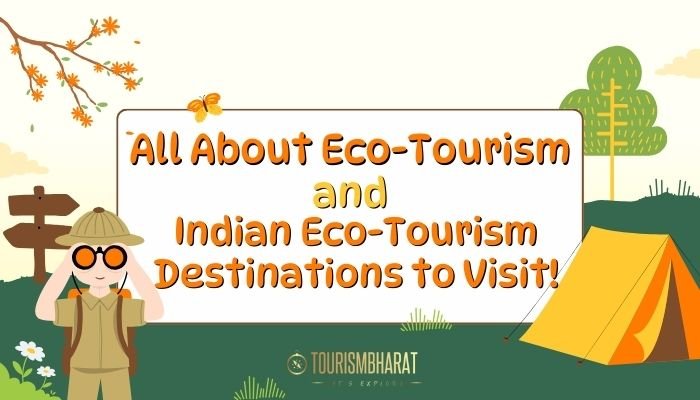
What is Eco-Tourism?
Actually, eco-tourism is truly sustainable for the environment, and also for the people and the culture of the area actually being visited. Ecotourism is about travel to relatively untouched and untouched regions with little or no harm to the environment and respecting local culture. Eco-tourism tourism differs from conventional tourism in that it focuses on endorsing environmental consciousness and the consequent preservation of ecology within the destination and contributing to the benefit of both the destination and the community of the respective used areas. Sometimes it may involve workouts such as wildlife viewing, trekking, birding, and forest exploration acknowledging the value of the habitats.
How the Indian Government is Promoting Eco-Tourism?
The Government of India is slowly and steadily discovering the utility of eco-tourism as a viable model of growth. Here’s how the government is actually actively promoting eco-tourism:
Eco Tourism Policy and Guidelines:
Different state governments together with the Federal Ministry of Tourism have come up with policies that seek to encourage eco-tourism. These guidelines are driven to serve two objectives including; wildlife and wildlife habitat conservation for purposes of tourism, and carbon footprint and sustainable development guidelines on ecologically sensitive regions.
Creation of Protected Areas and National Parks:
The government has classified certain areas as eco-tourism areas such as; national parks, wildlife sanctuaries, and biosphere reserves. These regions are marketed on the premise that tourists can get to experience nature in its natural form.
Encouraging Community Participation:
Several states are implementing Eco-tour products, where local people are employed to conduct the exercise, without necessarily harming the natural ecosystem. Community-based eco-products include local guide services, ecologically friendly lodging, and native arts and crafts.
Infrastructure Development:
The Indian government is developing structures that can accommodate eco-tourism; these include; eco-friendly lodges, sustainable resorts and low-impact tourism structures. This also includes providing enhanced access to previously less connected locations while maintaining their pristine authenticity.
How Tourists Can Contribute to Eco-Tourism
For eco-tourism to be successful a lot of considerations have to be made between the tourist, the society and the environment. Tourists are a useful factor in implementing the concept of eco-tourism. Here are some ways travellers can make a positive impact:
Choose Eco-Friendly Accommodations:
Choose accommodation offices, houses, and stops, which are committed to the principles of sustainable tourism. Search for houses that are equipped with solar power, sort out the garbage properly and save water.
Reduce Your Carbon Footprint:
Also, reduce your use of non-recyclable items, ensure that you actually walk or bicycle instead of driving a car and if you really have to drive, ensure you truly use public transport instead of your personal car. We often see that people focus on using disposable utensils and plastic bags so they should be advised to always use reusable bottles, bags and cutleries.
Respect Local Cultures and Wildlife:
Bears, monkeys, elephants and tigers should always be left untouched and in a safe zone from human interference. There’s nothing better than taking advantage of local products and giving back by buying some handmade souvenirs, and self-made food products and finding out more about the history the destination represents.
Follow Leave-No-Trace Principles:
Make sure that you also do not leave any trace behind at the site. If you are hiking or going for a walk or even really out in the wild, take all your litter with you and that includes banana peels and all other things that can be biodegradable.
Engage in Conservation Efforts:
Clad your outfit to support the environment, take up environmental projects, memberships in conservation groups, tree planting or wildlife rescue centres. You can really contribute to the improvement of the greatness of the local ecosystem with your actions.
Top Eco-Tourism Destinations in India
Due to its rich topographical geographical features, India is one of the greatest tourism destinations for natural resources. Here’s a look at some top eco-tourism destinations across the country:
1. Kerala – God’s Own Country

Actually, Kerala is truly one of the most successful models of eco-tourism, which emphasizes the necessity of preservation of backwaters, forests and wildlife of the state. Go to Thekkady to experience the bamboo rafting in the Periyar Wildlife Sanctuary, and, conversely, for a tranquil recreational setting take a trip to Kumarakom with its famous bird sanctuary and houseboat.
Highlights: Sightseeing attractions like birding, boat trips, and game viewing.
2. Uttarakhand – Land of the Himalayas

Truly nature lovers and wildlife lovers hence can easily find their holiday destination in Uttarakhand, which boasts of so many beautiful sceneries. Hire local taxis to take you around to go for tiger next to Jim Corbett National Park or you could head to The Valley of Flowers a UNESCO World Heritage site and place famous for the bloom of Flowers in the month of June-July.
Highlights: trekking, watching birds or wild animals.
3. Sikkim: An Ecofriendly Himalayan Resort

This makes tourism in Sikkim very progressive being one of the first states in India to go organic. Sustainability is achieved through community-based homestay accommodation which the state encourages and organic farming. Go to Naga Heritage Village and explore the Khangchendzonga National Park also identified as a world heritage destination.
Highlights: Farmhouse, tours to mountain regions, visit to the villages etc.
4. Madhya Pradesh – The Heart of India

Madhya Pradesh has always been acknowledged as a wildlife SPA with famous reserves including Kanha and Bandhavgarh. These are famous for their conservation roles and boast some of the best park and reserve offerings for the best savannah/vehicle-borne safaris.
Highlights: Tiger tracking, wildlife tours, Indigenous people’s way of life.
5. Goa – Beyond the Beaches

Goa is famous for its beaches but it also has something like an ecological secret. Head to the Western Ghats, a world heritage site for the country and also visit Mollem National Park – Goa’s Other Hidden Gem.
Highlights: Those include bird watching, wildlife photography and a visit to organic spice gardens.
6. Rajasthan – A Desert Eco tourism Hub
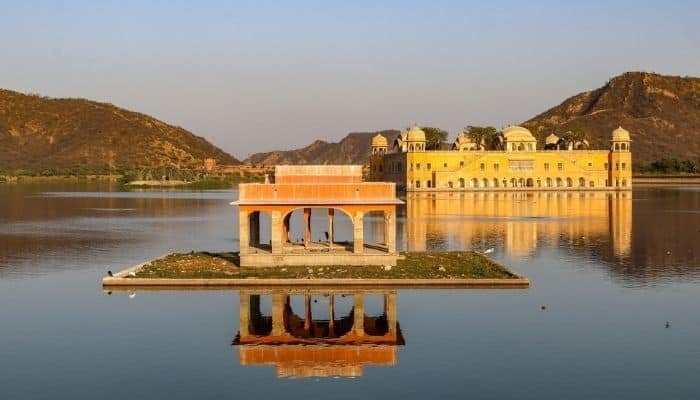
While Rajasthan is much loved for its rich palace experience, it is equally good with its’ eco-tourism opportunities. For birding, spend your time at Keoladeo National Park or, to enjoy the desert panorama, find yourself in Thar with noncommercial camps and camel tourism.
Highlights: Tours; desert safaris, cultural excursions, and any type of wildlife sightseeing tour.
7. Assam – A Gateway to North-East India
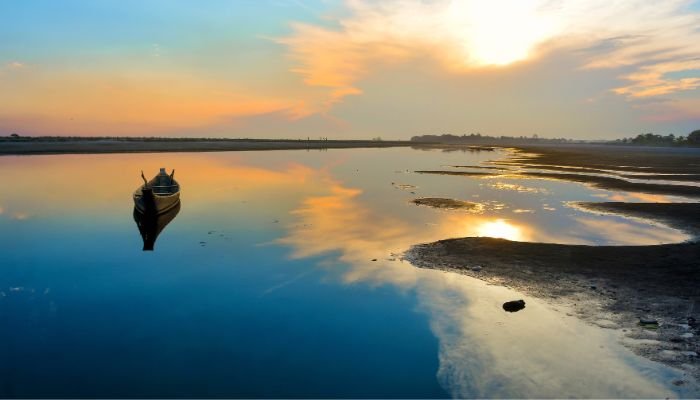
Assam has practically the making of being placed on the ‘Top Ten’ tourist destination list owing to its tea gardens and the one-horned rhinoceros found at Kaziranga National Park. This makes it a perfect place that Tourists to visit for wildlife and also the native People of Assam.
Highlights: Gulmohar garden, Dookie-Hat tea garden, river escapade, bird watching, nature walk visits.
8. Himachal Pradesh – The Land of Gods

Talking about eco-tourism, Himachal Pradesh truly boasts of its valleys and virgin landscapes for tourists You are here. Nature walks, bird watching, trekking, experience the HIMACHAL PRADESH TRIBAL CULTURE AND THE HIMALAYAN BIOSPHERE at Great Himalayan National Park a World Heritage Site.
Highlights: Mountain climbing, boot and shoe camping, culture-eligible tribe settlements.
9. Meghalaya: The abode of clouds

Meghalaya is most popular for living root bridges and the alluring green landscape of hills. This tour takes you through Cherrapunji and Mawlynnong, the cleanest village in Asia to undergo the best of eco-tourism.
Highlights: Caving, treks through Keralan villages, visits and stays at local farms and homesteads.
10. The Andaman and Nicobar Islands – Tropical Eco-Tourism
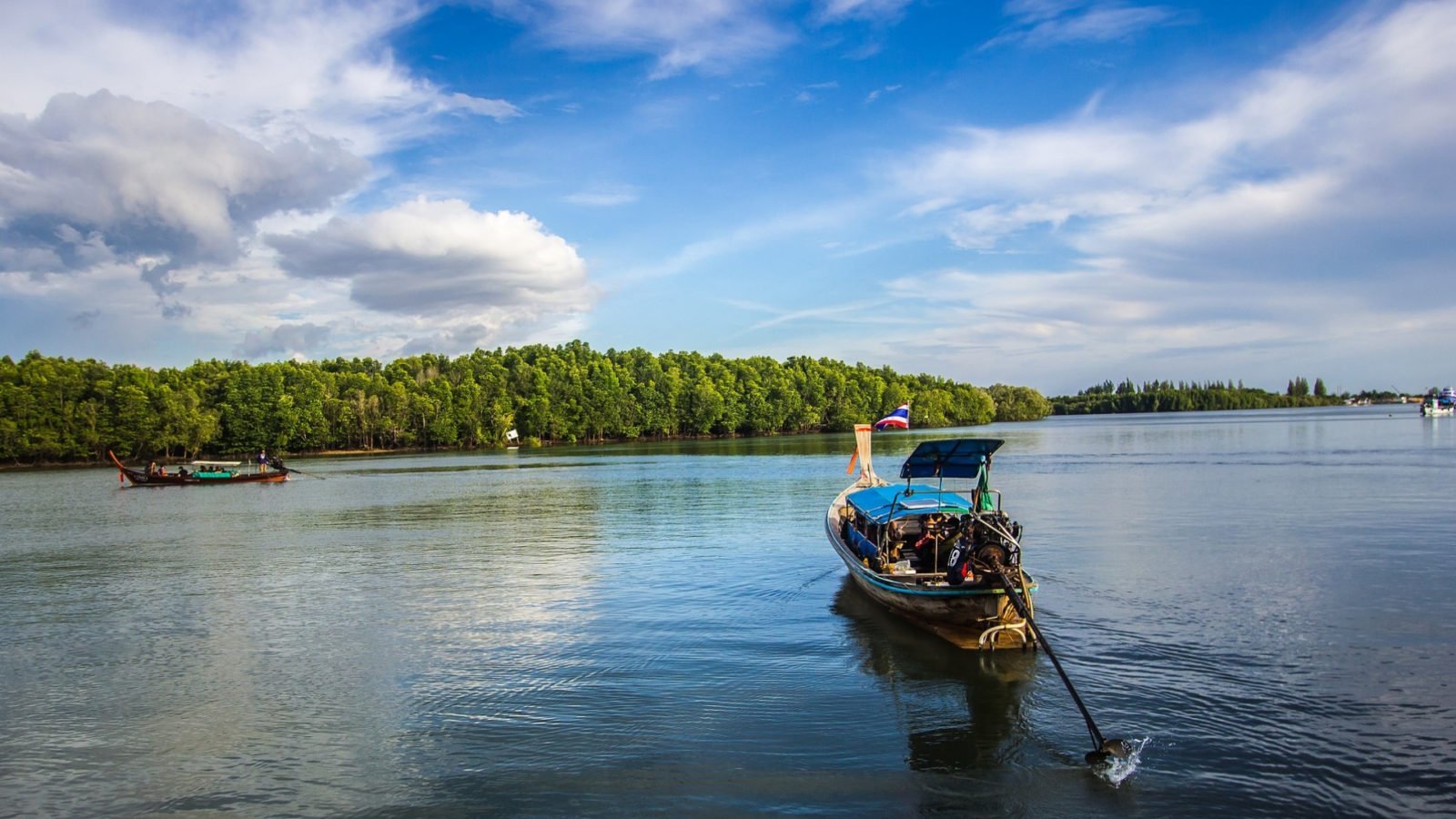
The Andaman Islands are famous for their Sea, water coral reefs and marine creatures. Choose environment-friendly water-related tourist attractions like sea walking, and scuba diving, instead of enjoying boat rides, go for Radha Nagar beach which is one of the cleanest beaches in Asia.
Highlights: The usual water activities such as; scuba diving, snorkeling and mangrove tours.
11. Karnataka – The Natural Heritage Corner of India
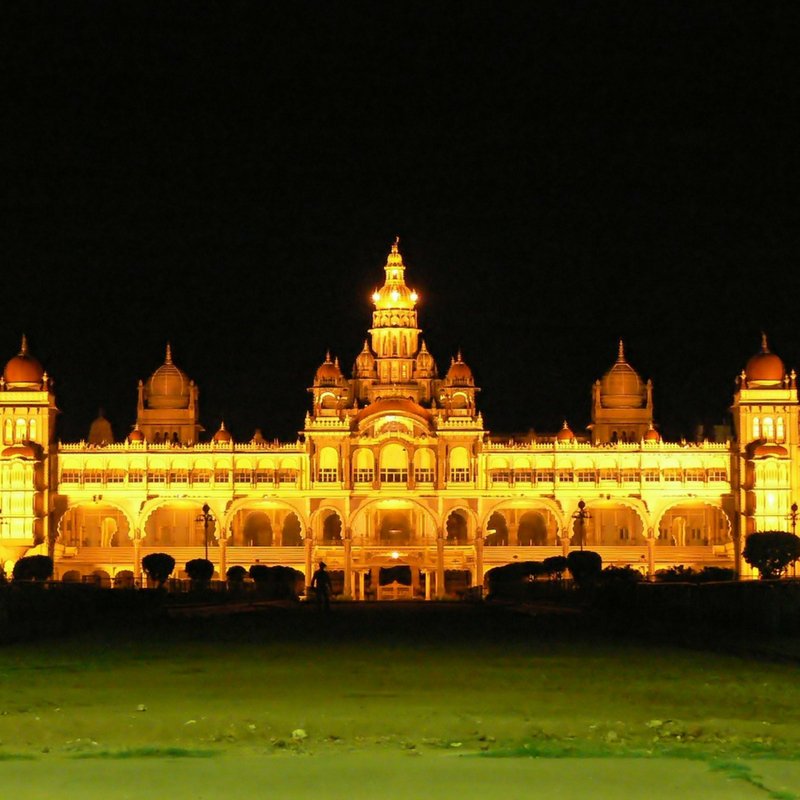
Eco-tourism is one of the many things that Karnataka has to excite any traveller; it is divided into many such categories. Take a tour of Coorg the famous coffee production region of Karnataka or go for the Stay in the Woods experience in the Nagarhole National Park.
Highlights: coffee plantation in particular, wildlife viewing & trekking.
12. Arunachal Pradesh – The Land of the Rising Sun

Arunachal is a relatively unexplored eco-tourism state of India truly with hotels in its dense forests, virgin valleys, and indigenes. For the true taste of the wild, you need to visit the Namdapha National Park.
Highlights: Safari, white water rafting, archaeological open air.
Eco-tourism is on the rise in India, and it should not be seen only as the current tourism fashion, but as a practice that responds to the idea of respect for the environment, as well as support for local communities, and overcoming the challenges of discovering this country responsibly. Thus, by making the right choice of economic practices, many tourists can contribute to the protection of the Indian ecosystems and historical and cultural heritage. Well, there you have it, let’s pack your bags for an eco-friendly journey that is beneficial to the planet and to our souls!
